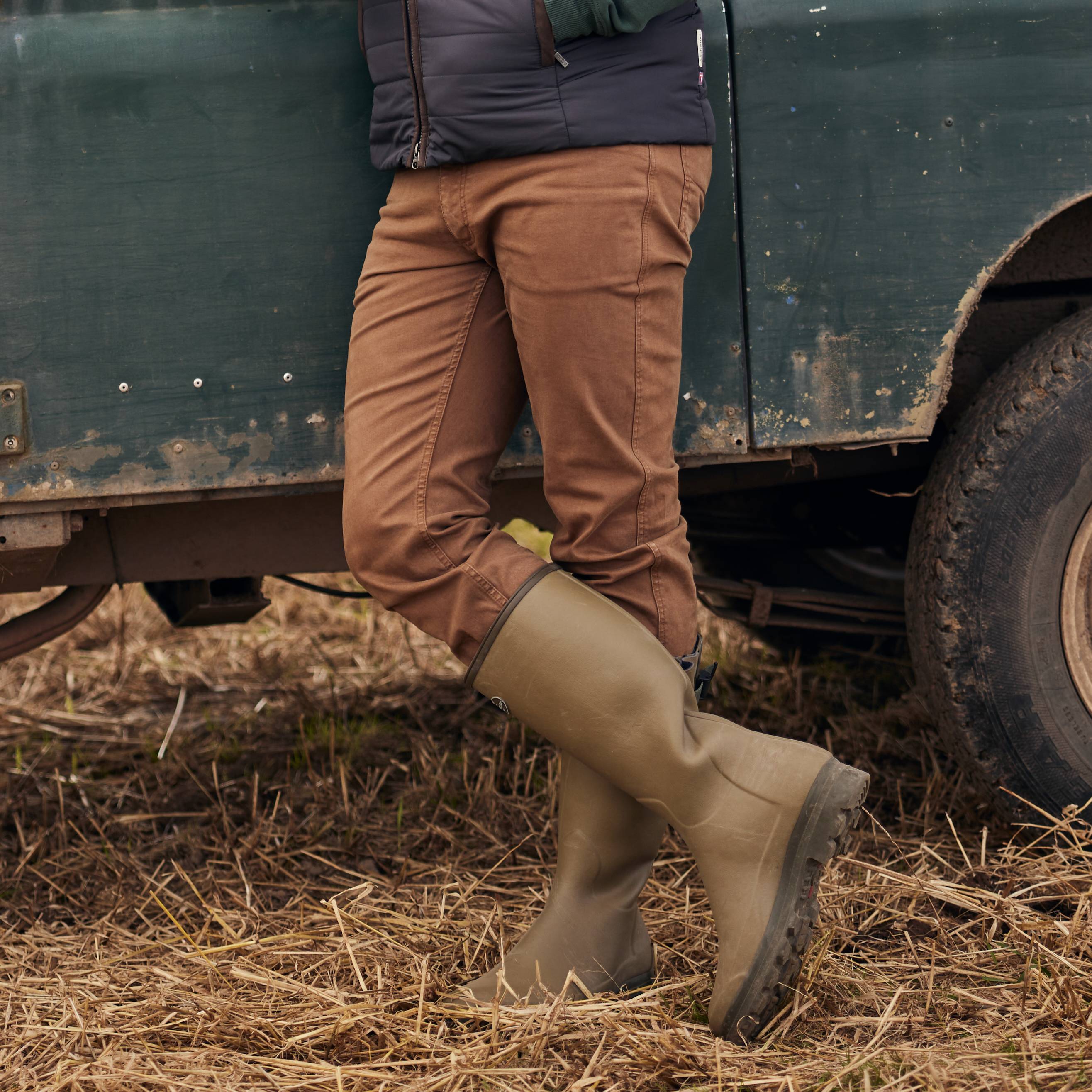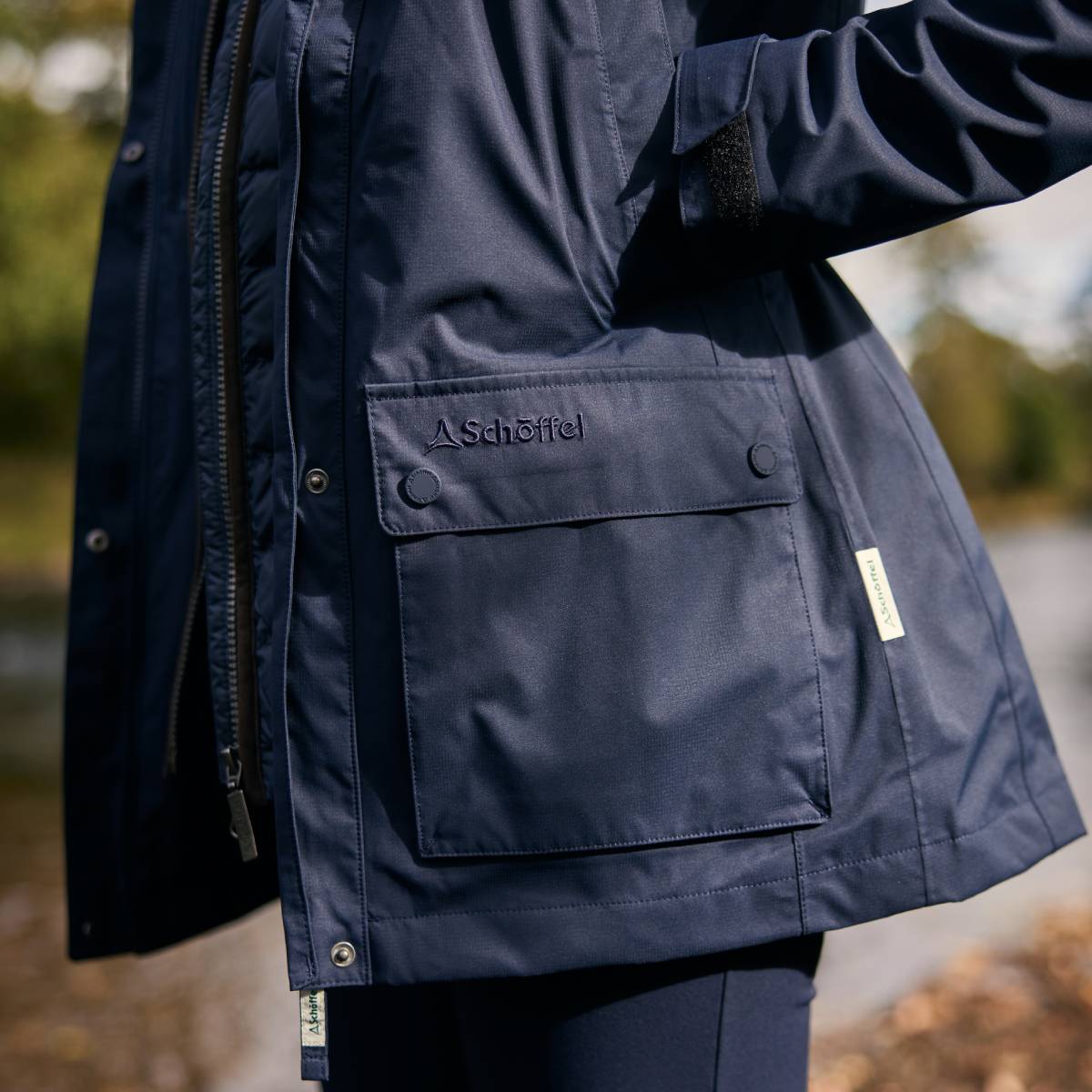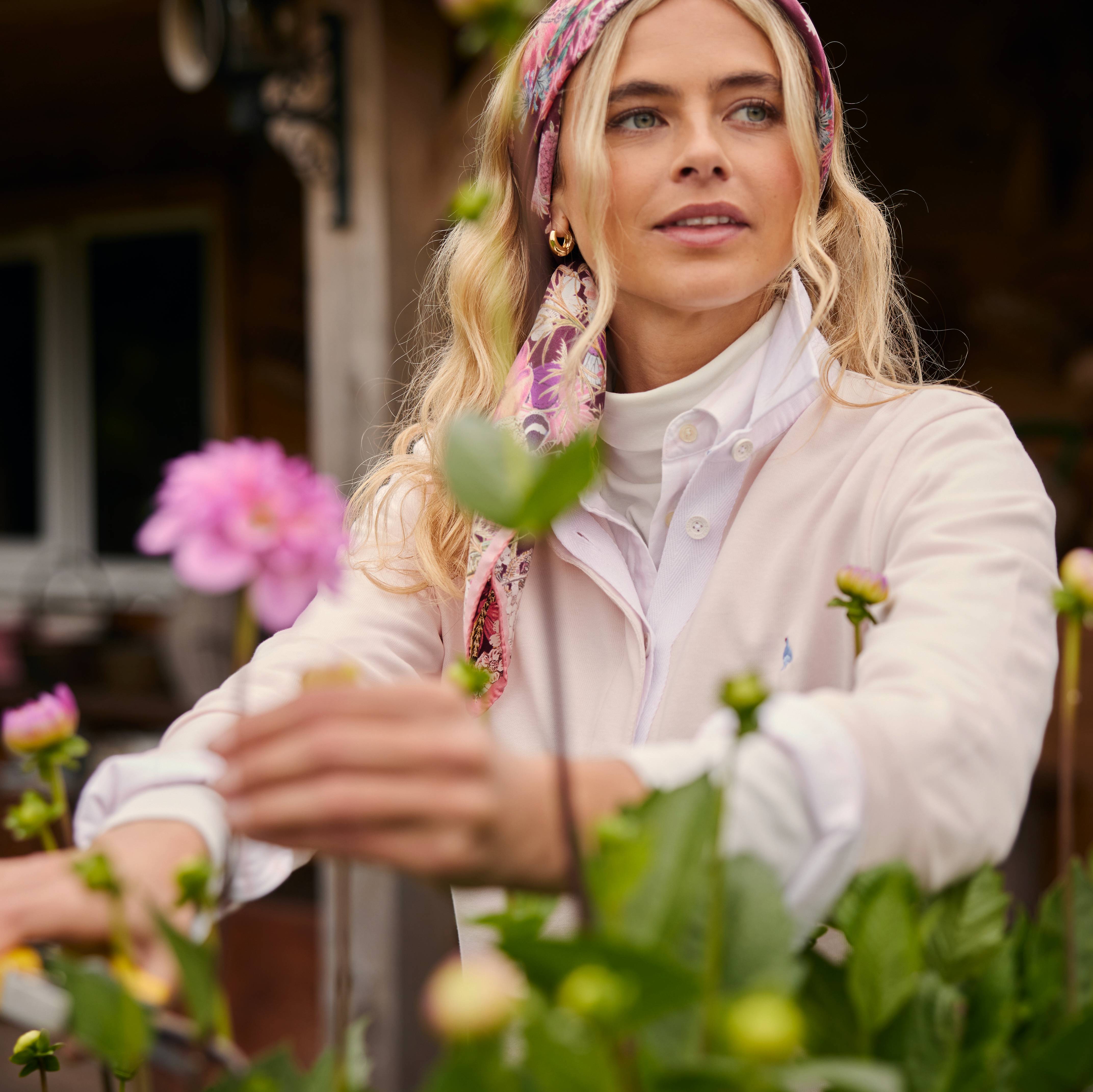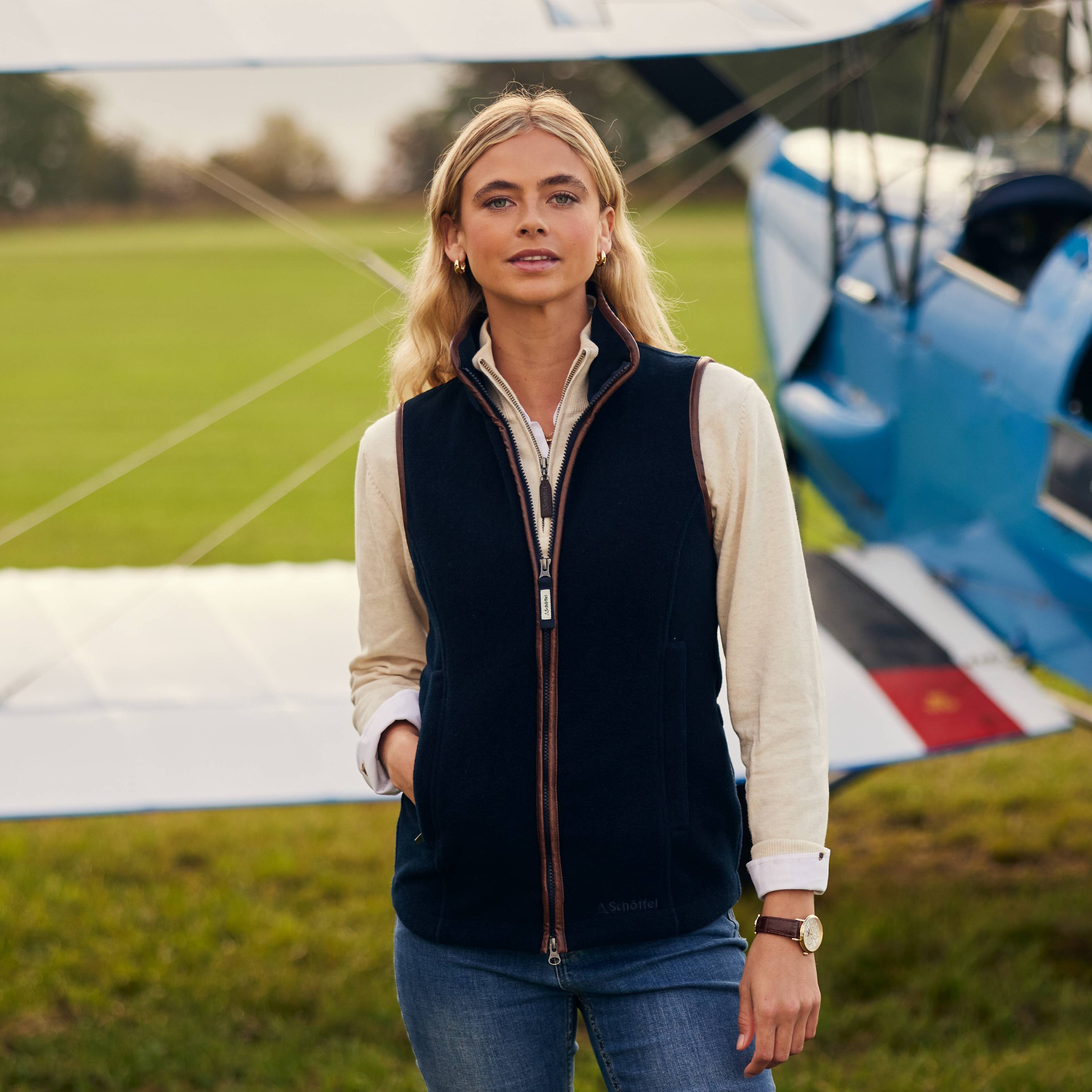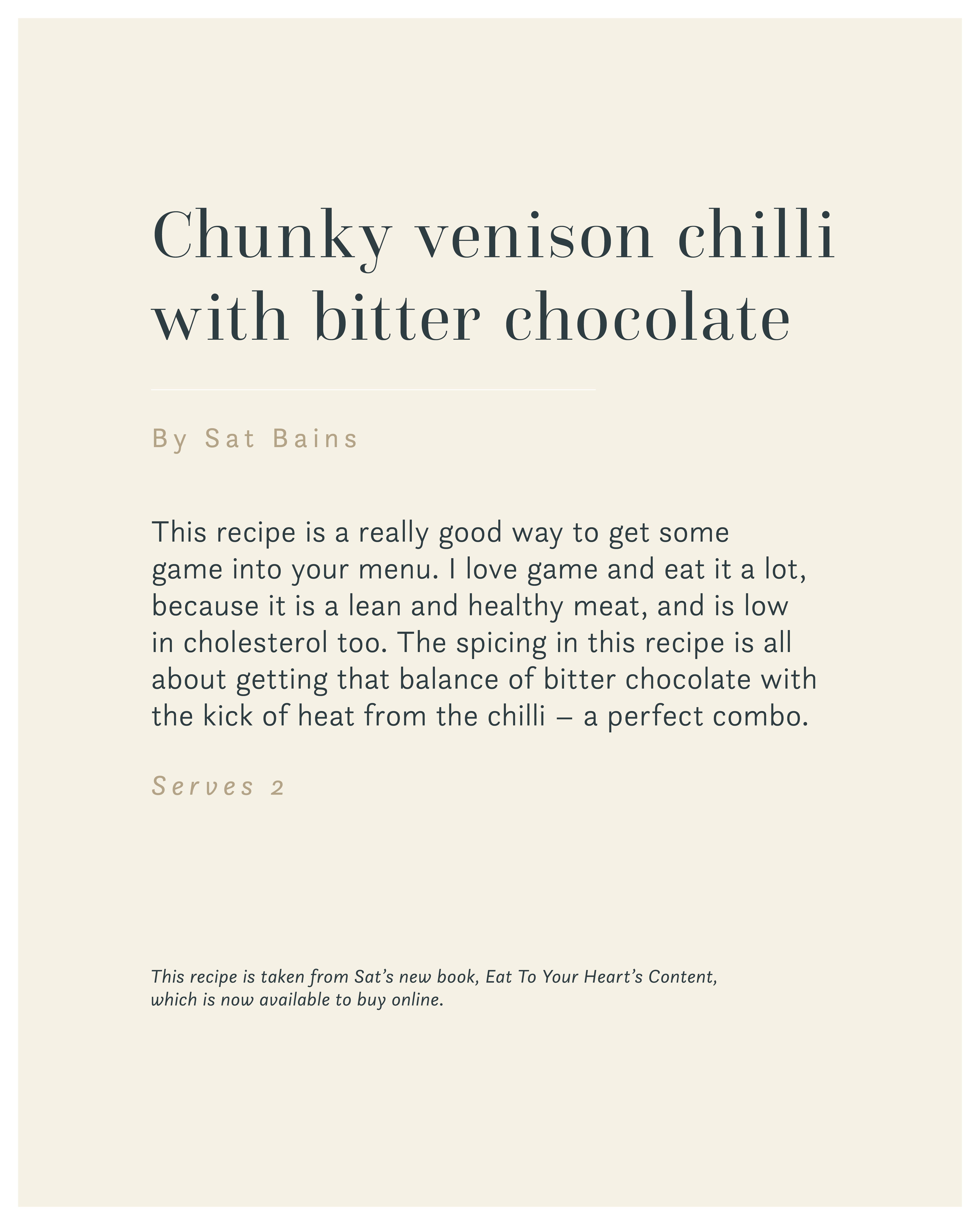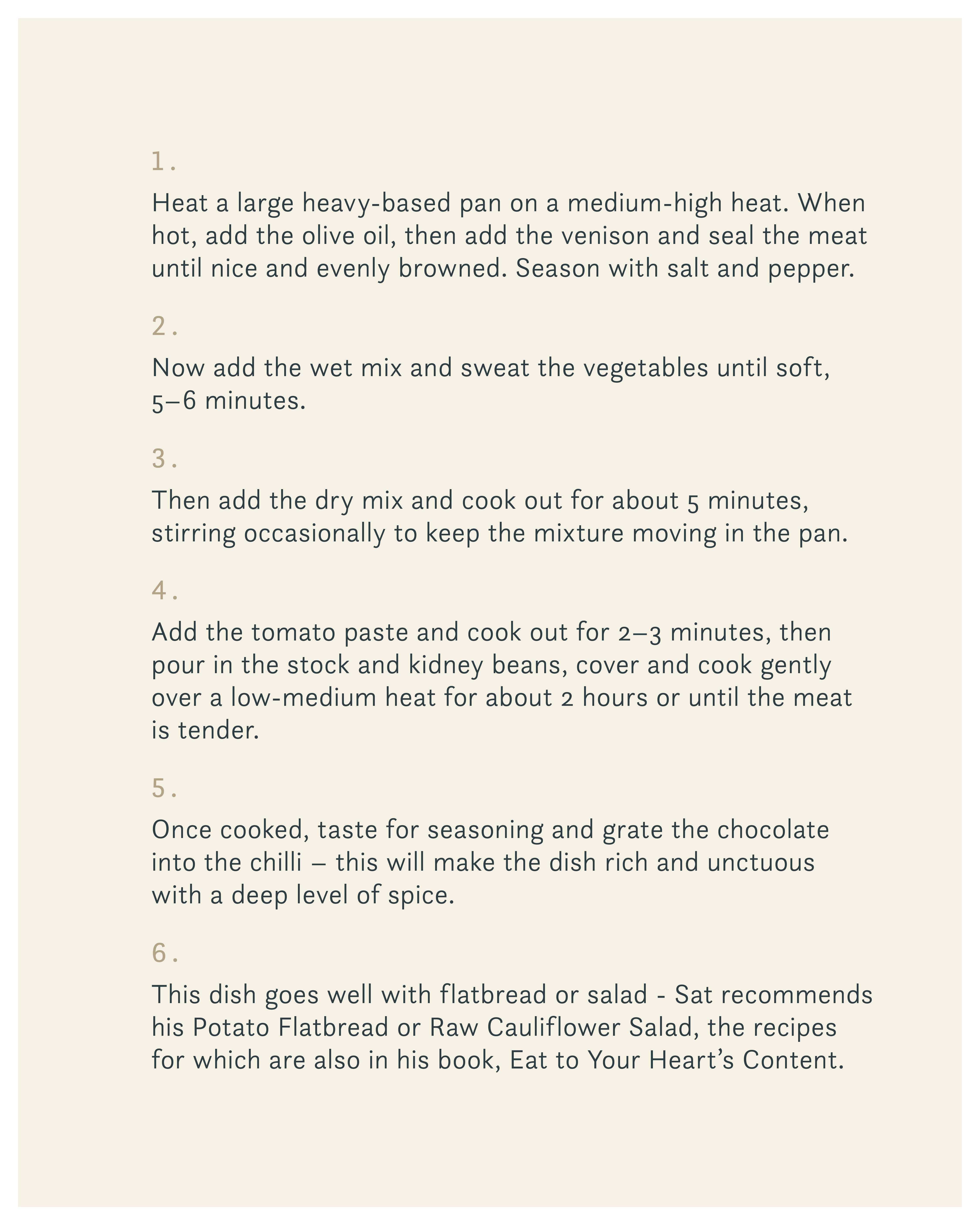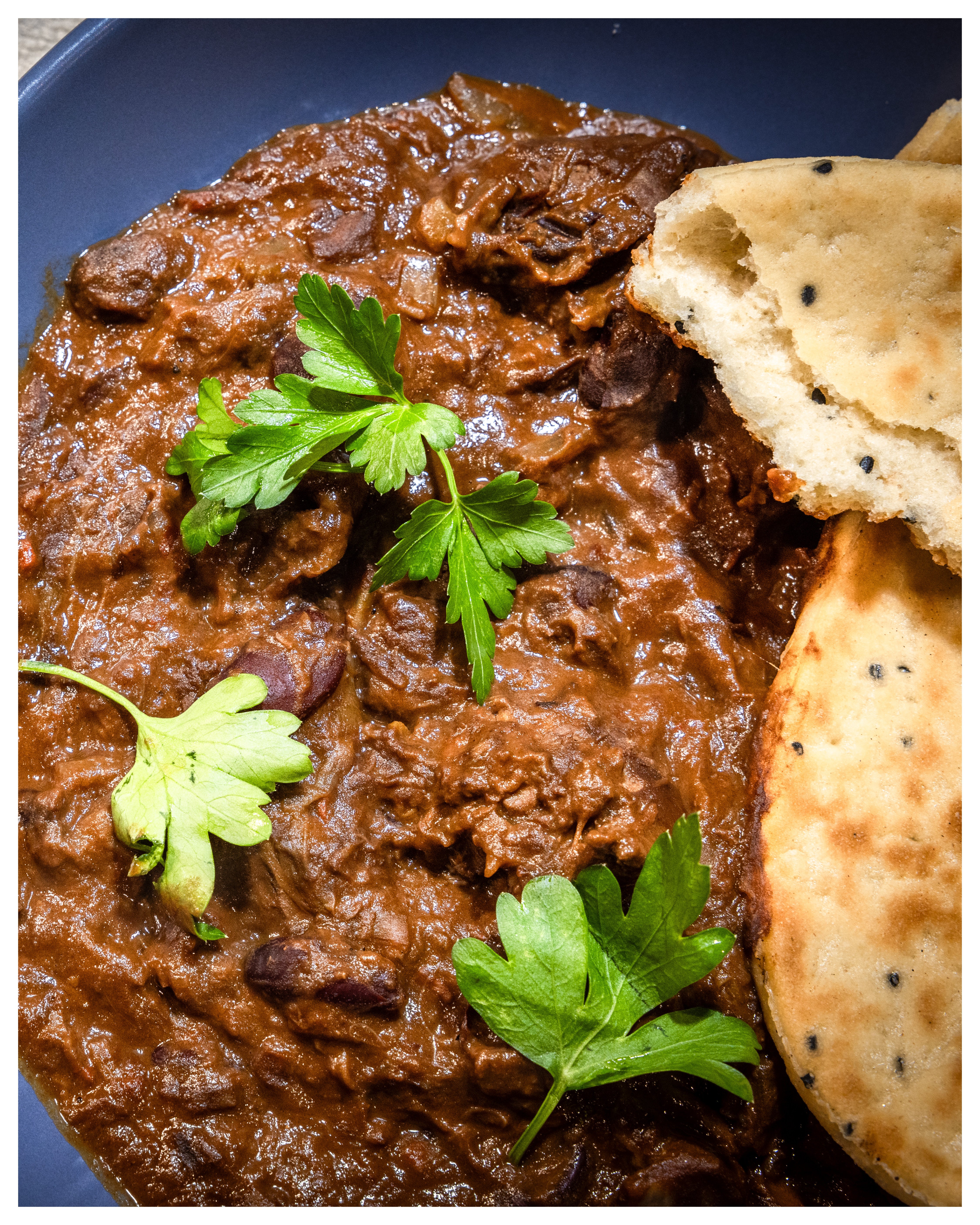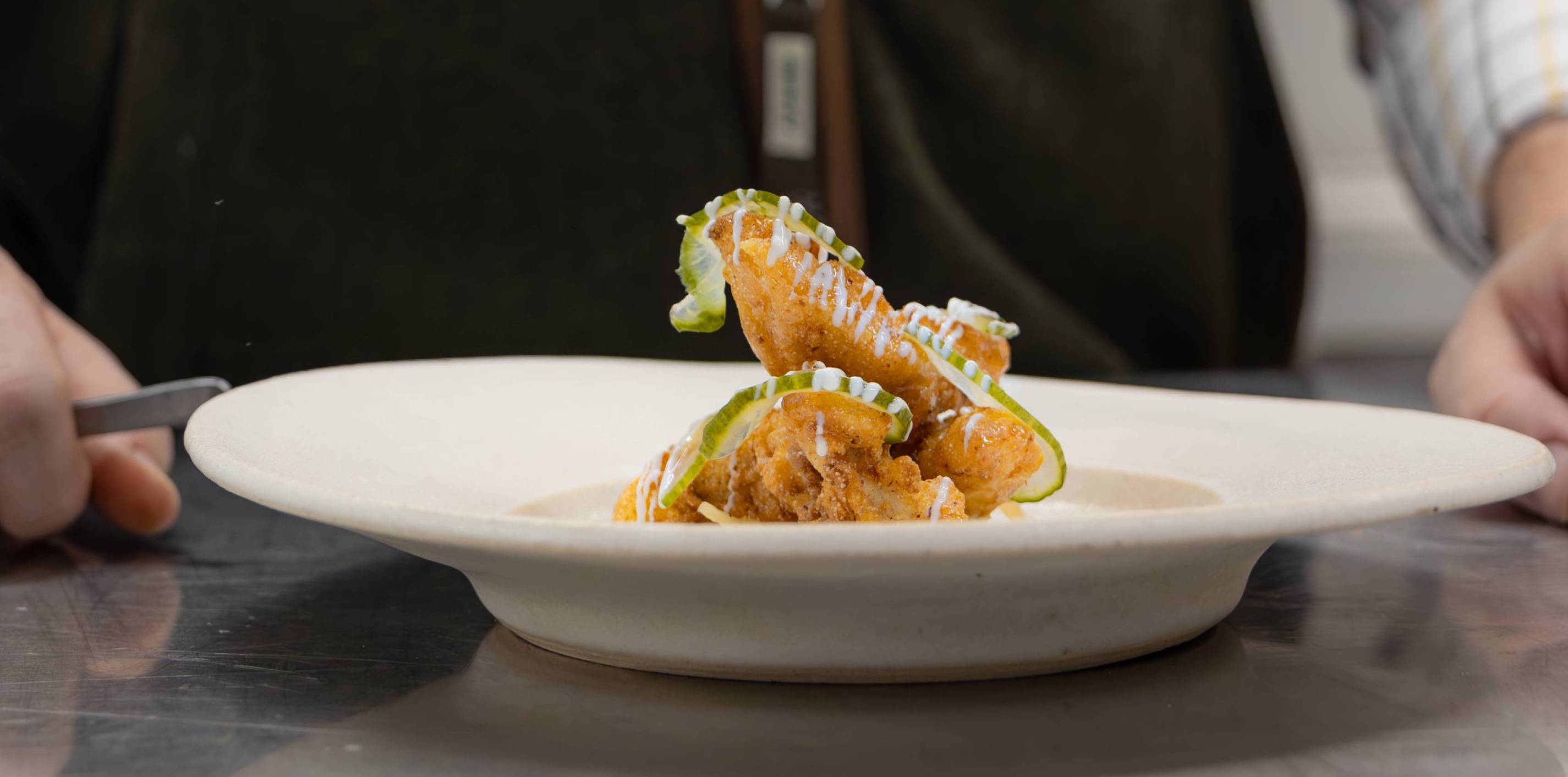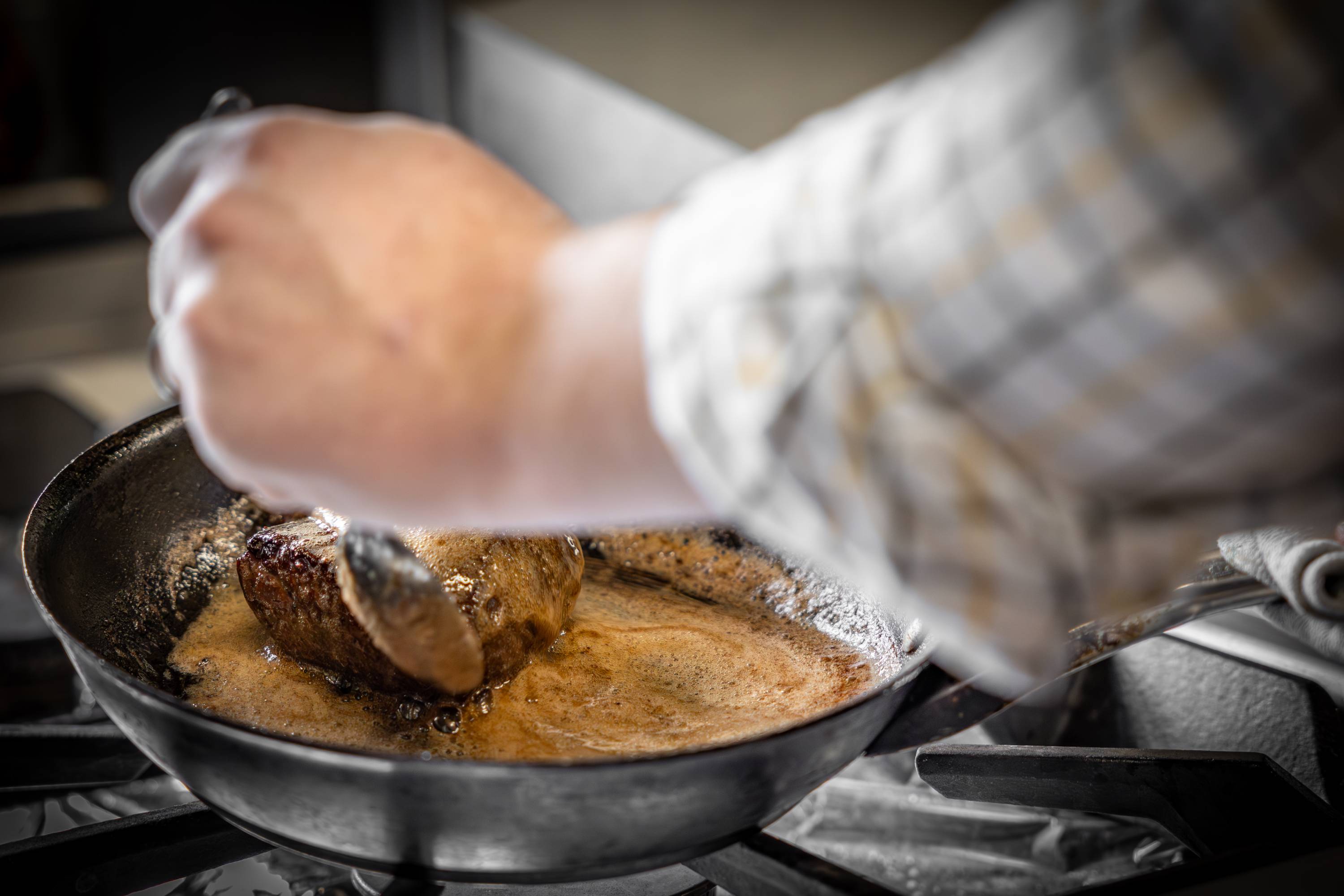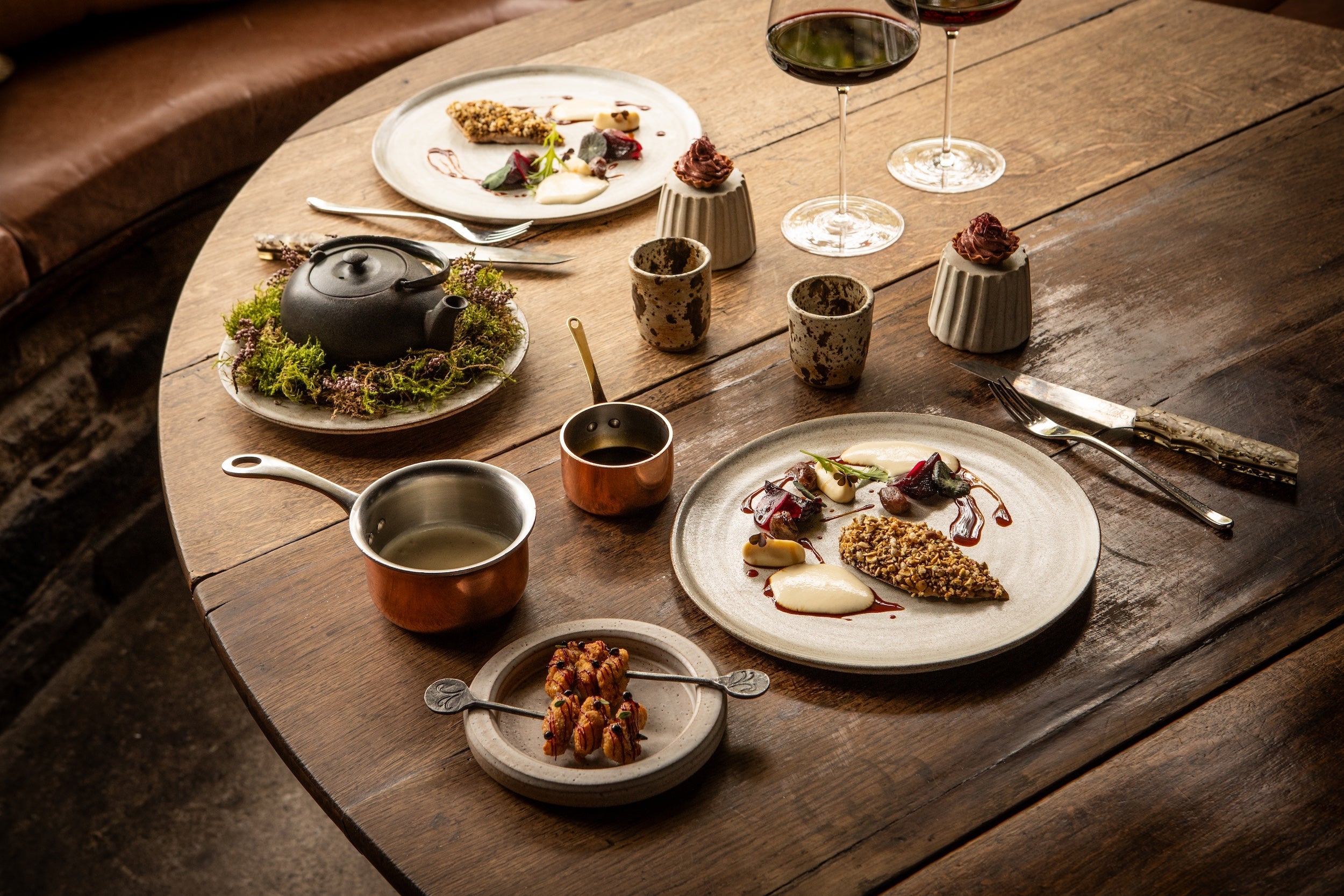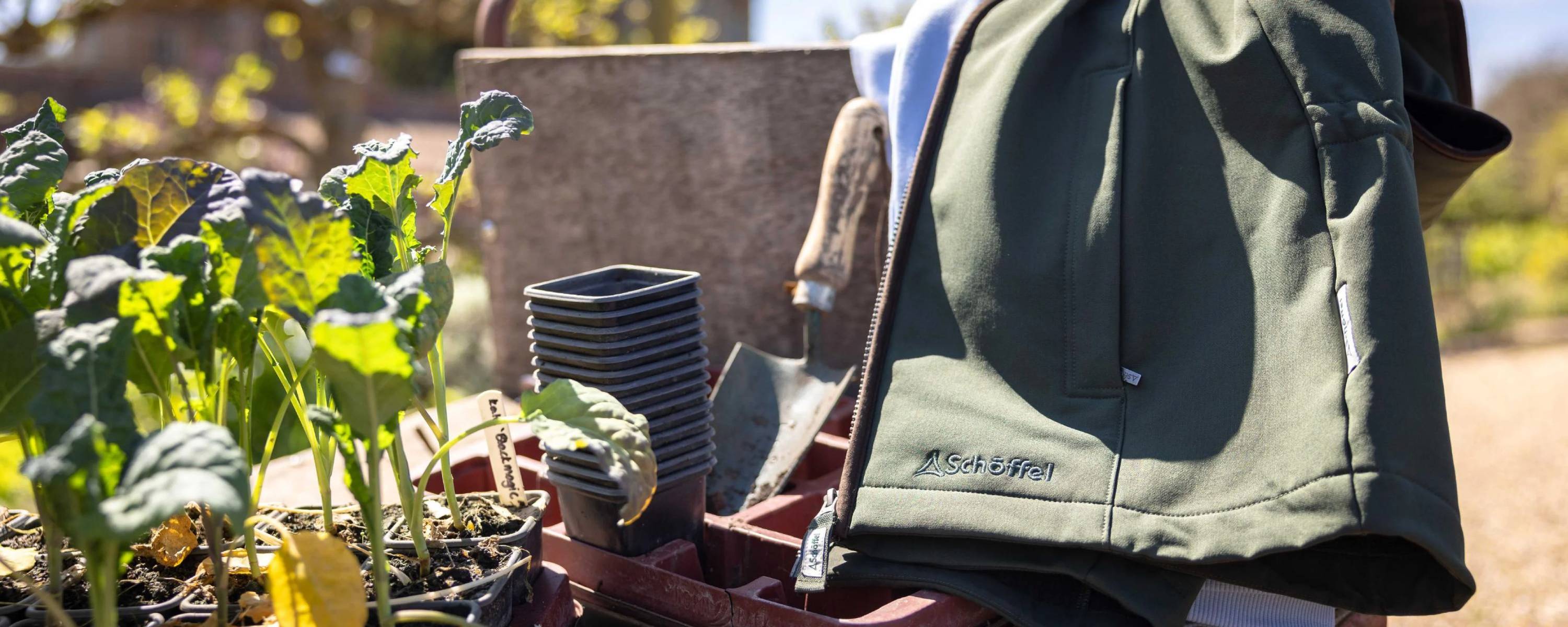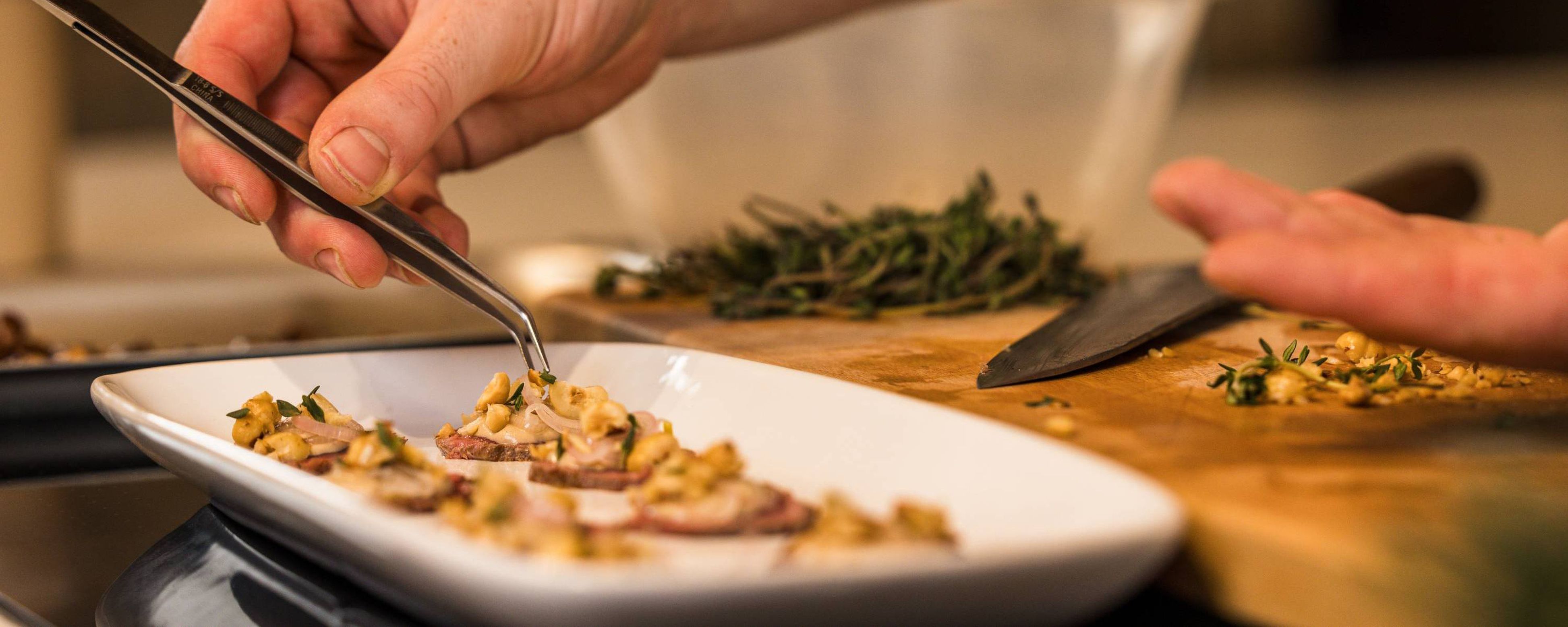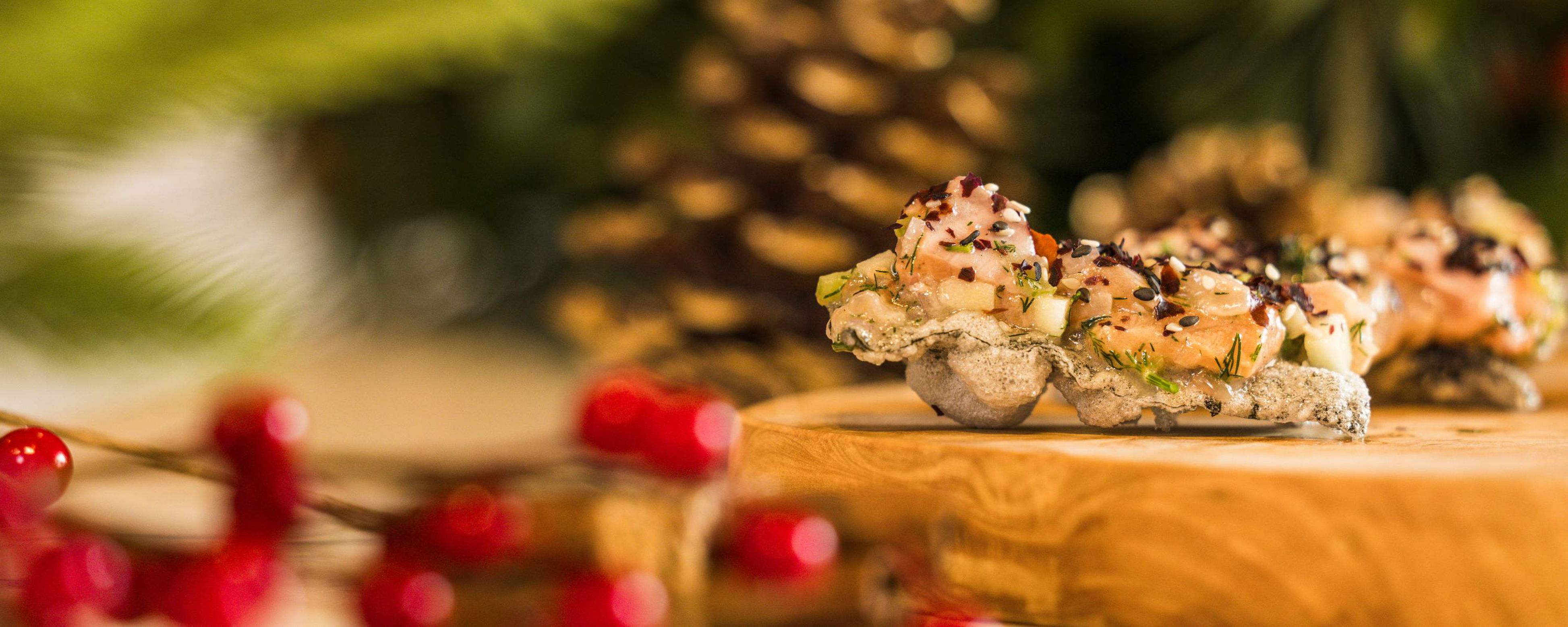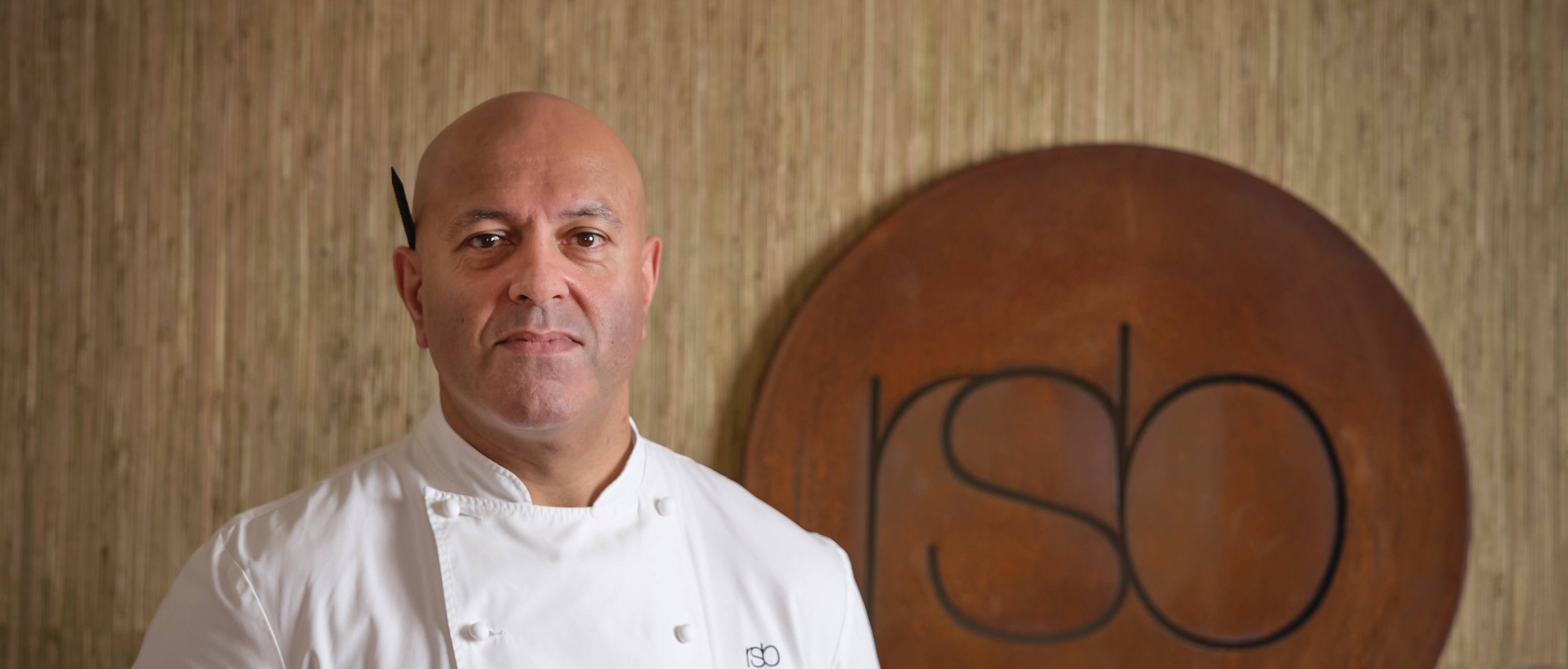

An interview with Sat Bains
This year, we're going on a journey... Join us as we sit down with some of the country's most revered chefs. First up is Sat Bains, whose two Michelin star restaurant in Nottingham majors on seasonality and celebrates the very best of nature's larder. We visited him to find out more and came away with a palate-punching venison recipe to try at home.
Just a few minutes into conversation with Sat Bains in a corner of his eponymous restaurant and his ethos is clear as consommé. Spoiler alert: It all comes back to an obsessive love affair with seasonal food.
In the yards of column space that have been dedicated to the journey of the broad-shouldered 52-year-old, the words ‘artist’ and ‘magician’ often appear before ‘chef’. It’s a curious trend that quickly begins to make sense. I’m soon convinced that writing a run-of-the-mill summary of his career would be unfitting; here’s a man who, despite stints at the likes of L’Escargot and the very first Le Petit Blanc in his early twenties, admits to “never having had an interest in following a tick-box journey and collecting names on his CV”.
No, Sat has always done things his own way, so let’s focus instead on the fundamentals that prop up the originality for which he’s known. After all, retaining two Michelin stars for a dozen years and country-wide reverence for a couple of decades doesn’t just happen. I’m not sure Roux-Scholarship-winning talent takes you that far, either.
What does, then?
A core sense of wonderment
“The key is not to be lazy,” Sat tells me as we take a seat. “One of the biggest issues we face as restaurants is relevance. How do we stay relevant after three years, five years, 20 years? I believe you’ve got to stay active, creative, progressive, curious and spontaneous. In a way you’ve got to be a calculated risk taker. That intrigues potential customers.”
It’s a strong list of characteristics. But what inspires him? “I love art, and that has influenced a lot of my design and ideology,” he states matter-of-factly, bypassing the idea of inspirational figures.
I think of the crayon doodles that pepper Sat’s social media feeds. To you and I they’re colourful, almost abstract squiggles; to Sat they’re future dishes in the making. “I’m a very visual learner,” he says. “Always have been. I can get so much of an idea onto paper with a crayon, then I replicate that with flavour.”
And he’s big on flavour. “It’s about trying to make something look incredible that tastes better. A lot of chefs will say you eat with your eyes, but I think they miss the point of taste. Flavour and texture should be the priority, then visuality, then the practicality of creating that dish.”
Even before Restaurant Sat Bains came to be in Nottingham in 1999, Sat was working on dishes in much the same way. He’d experiment with ingredients that he wanted to learn more about. “There was a lot of trial and error,” he remembers. “But I’ve always tried to look at things from afresh and ask myself why an ingredient is usually treated in a particular way; how else can it be used? How can I get the most out of it? It’s about learning the craft from a core sense of wonderment.”
The same inquisitiveness is something Sat encourages in his staff, adamant that such a mindset allows you to become more in tune with ingredients. “The whole essence of cooking is about manipulating high-quality raw ingredients to a point where you’re celebrating their peaks, and then putting them on a plate so the customer benefits from your skill,” he puts it, simply.
To do that at the very highest level, though, it seems you need to be genuinely excited by what it is you’re working with. And that excitement might come from any number of things. During our conversation, Sat refers to the romantic wordology of French menus, and the flavours and textures that can be found in different cultures across the globe. “A true British menu is a cosmopolitan mixed bag of ingredients that come from all over the world,” he reckons. “I think of it as a magpie cuisine.”
To be led by the seasons
Before long we’re talking animatedly about the allure of wild ingredients and the huge part they play in keeping chefs energised. Sat’s tasting menus – there are seven, ten and fifteen-course options – feature a lot of game during the season, most of which is sourced from Nick Lister at Ox Close Fine Foods. “Since August 12th we’ve served all sorts from golden plover, grouse and teal to wigeon, mallard and woodcock – it’s been a phenomenal year,” he explains.
“What’s brilliant is you’ve got young chefs in the kitchen seeing an array of birds and they’re absolutely giddy to cook it!“
The plumage, the smell, the plucking, the f***ng beautiful liver and the heart… The animalistic side of it. We know where comes from, too. Nature’s larder is so abundant in winter – how the hell can’t we put it on the menu?!”
Sat’s a strong believer that a restaurant should be ingredient led and aligned with the seasons. “Without the peaks and troughs of seasons – the celebration of ceps, morels, wild garlic and the like, I think you lose that passion in the next generation of chefs.
“You’re only as good as your team, and if you keep everyone in the kitchen excited and passionate about ingredients, they’re going to have that level of obsessiveness that is needed to carry them through life as a chef.” It’s an infectious zeal, easily passed on, and Sat alludes to the butterfly effect that stems from nurturing that.
The bigger picture
When I ask Sat about his favourite game species to eat, he doesn’t hesitate to answer. “There’s something about teal. They’re small but the delicate flesh and fat on them is so incredible,” he enthuses. “Some of the best mouthfuls of teal I’ve had are right up there with foie gras. It blows my mind.”
The next burning question is how we encourage that level of enthusiasm in the general public. “The public are still a bit scared of game, I think,” he says. “It’s very lean, so it’s easy to overcook it. And nowadays people are also watching the likes of Masterchef and Great British Menu and can be put off cooking in general by how difficult it looks. Sometimes I think they forget they’re watching professional chefs working in professional kitchens.
“To encourage more people to cook great meals from scratch, we have to keep it simple. And we need to be able to convey to people why game is so special.”Like the majority of the UK’s population, Sat was once less familiar with that bigger picture of where game comes from. “To be honest I always thought shooting was a bit pompous and the preserve of the upper middle classes,” he admits.
In 2014, all that changed when a customer invited him on a driven day for the first time. It’s something he’s enjoyed two or three times a season ever since, usually with a group of chefy friends – the likes of Claude Bosi, Tom Kerridge and Galton Blackiston among them.
“I’d shot clays before that, just down the road at Lakeside Sporting,” he explains. “Then a few of us got together and went to Cordoba in Argentina, dove shooting. It was a valuable experience early on in our shooting journey. After four or five days we were knackered, but it put us in good stead.”
This time in the field has nudged Sat even closer to the produce he enjoys using so much. Today he knows the ins and outs of how each species finds its way to the RSB kitchen. And with provenance more important to many discerning diners nowadays, Sat reckons that bigger picture – game’s backstory – certainly works in its favour.
Eat to your heart's content
Equally good for the likes of pheasant, partridge, venison et al, if you ask Sat, is the ever-sharpening focus on healthy eating. “It’s super healthy, nutritious, and low in cholesterol,” he agrees. And he’d know a thing or two about the importance of that…
In the spring of 2021, Sat had a heart attack. It came as quite a shock for somebody so fit and active. “Since then I’ve done some research and it was almost inevitable,” he tells me. “I’m over 50, a big guy, high cholesterol, of Asian descent, male – they’re classic markers.”
Fortunately, he’s recovered well, likely helped by being no stranger to the gym over the years and making a conscious effort since to improve and vary his nutrition – the latter with the help of Dr Neil Williams, a Senior Lecturer in Exercise Physiology and Nutrition at Nottingham Trent University.
“I can still enjoy a nice steak and a drink, but just not very often. It’s all about moderation and balance,” he says, “plus getting enough sleep and water, practising breathwork and the like.”
Interestingly, Sat believes that in five or ten years we’ll all be much more tuned in to personalised nutrition. He explains to me how he has recently sent blood samples and swabs to a lab which will in turn generate a report, giving him a clearer idea of what he should be eating for the best health outcomes. “It considers your DNA, gut microbiome and requirements for nutritional support such as amino acids, vitamins and minerals. And it allows you to tailor a dietary plan to you. It’s a blueprint,” he explains.
“Perhaps not so far in the future we’ll all have our own personalised profile, so when we visit a restaurant, we’ll know how compatible with our body a particular dish is.
“If that’s the case, game surely has a very bright future.”
Sat Bains and Dr Neil Williams have recently published a book, Eat to Your Heart’s Content. Its pages are packed with simple, healthy, palate-punching recipes. You can order your copy online here.



